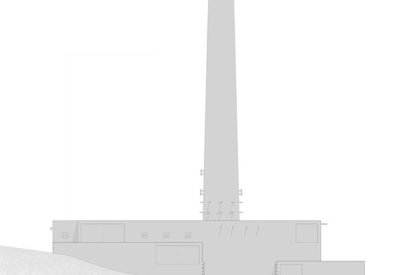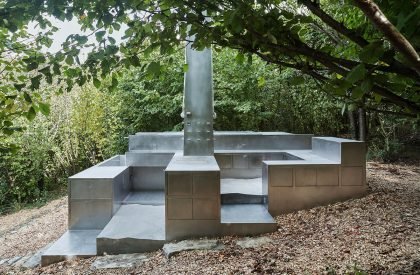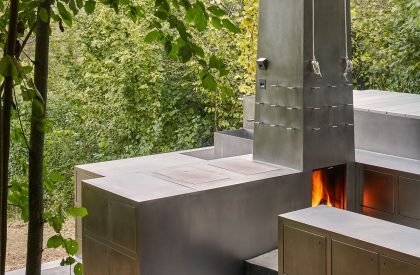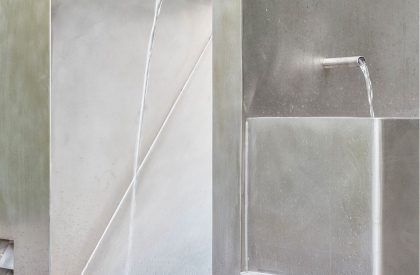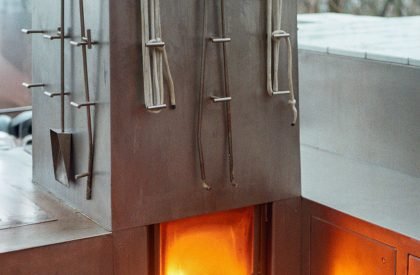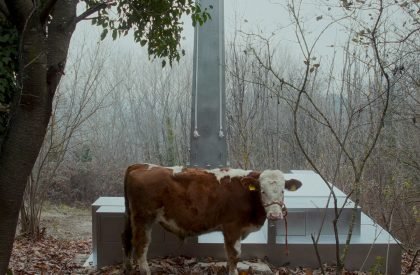Excerpt: The Missing Room by Carroccera Collective is an open-air architectural concept that removes the traditional boundaries between shelter and environment. Centered around elemental forces like fire and water, it reimagines everyday rituals—resting, cooking, and bathing—as communal acts within nature. The design invites visitors to slow down, engage mindfully with the landscape, and live as respectful guests in a symbiotic ecosystem.
Project Description

[Text as submitted by architects] Guests In Nature: The Missing Room has escaped the rigid confines of a defined house, choosing to exist without walls or a ceiling – a place where nature becomes the main inhabitant and visitors are invited to act as respectful guests. A collection of abstract forms with a core activated by water and fire, the Missing Room reimagines the most primal human rituals: resting, eating, cleansing, and conversing.


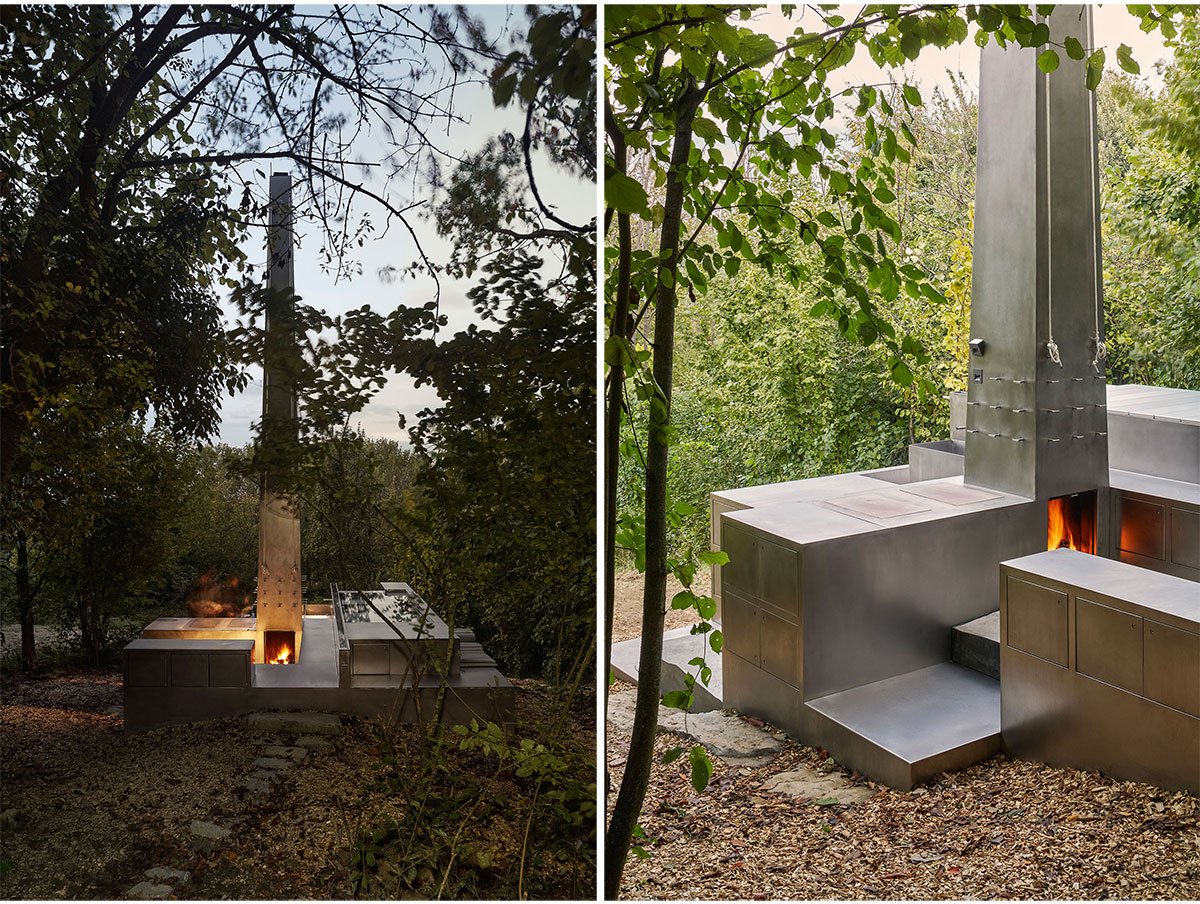
These activities mix in harmonious ways. While guests cook over a crackling open fire, another inhabitant bathes in a heated bath, and a cow drinks from an integrated trough—all beneath a ceiling of tree canopies and the open sky. This space encourages visitors to set their own pace and redefine their pre-existing notions of domesticity.
Exploration: Meandering through the land, the Missing Room gradually reveals itself, with the wanderer catching shimmering glimpses of smaller secondary structures shining through the forest greenery. This collection of visual fragments prepares the visitor for the main encounter, enriching the landscape with its enigmatic shapes and forms.
Program: At the core of the Missing Room stands a seven-meter-tall monolith: a multifunctional chimney. On one side, the fire powers the ovens, while on the other, it heats water for bathing and warms the area at the front of the space. This towering form responds to the scale of the surrounding trees, rising like a beacon above the canopies, marking its presence in the landscape and guiding visitors with its smoke signals.


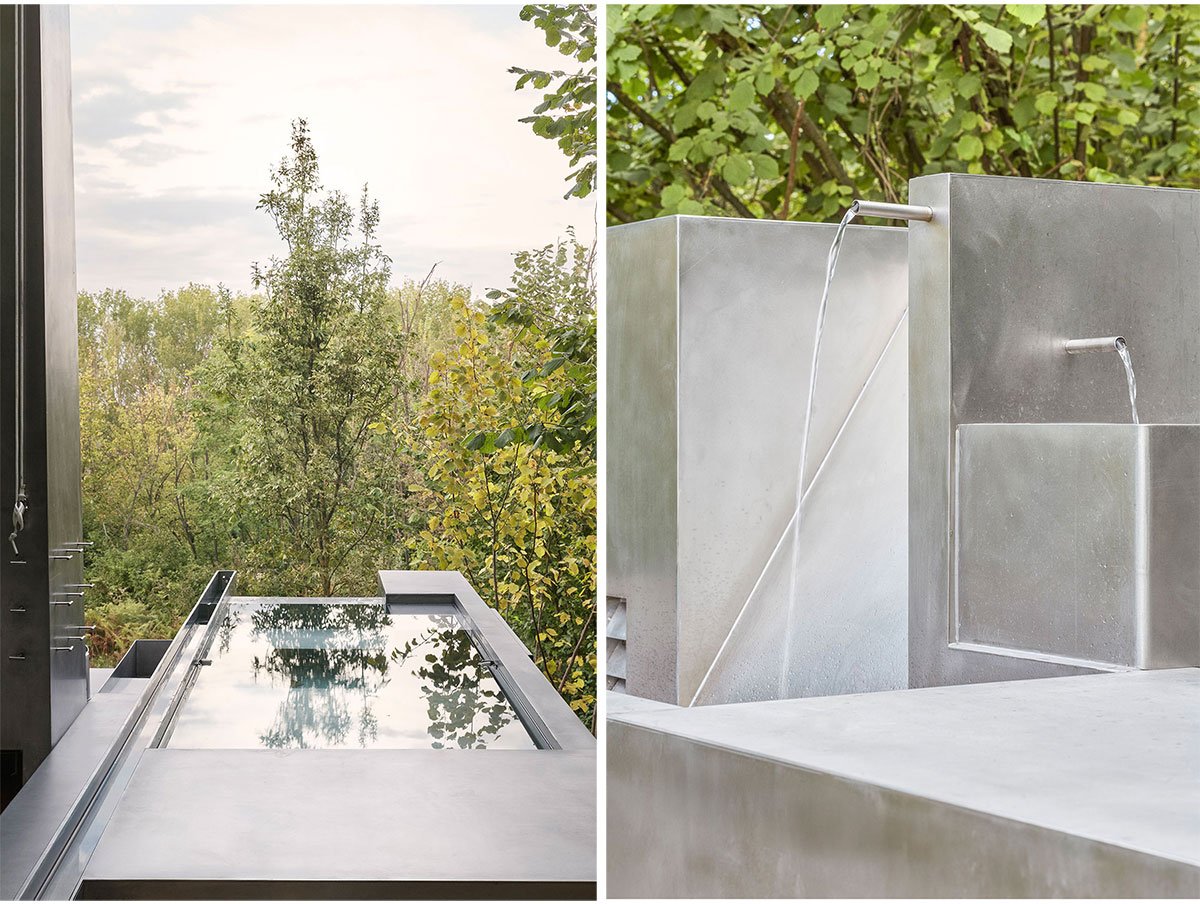
Concealed doors house two cooking ovens integrated with the chimney’s extraction system, which can transform the worktop into a spacious frying pan when needed. Together with the water features, these elements form the heart of the room.
Water, like fire, plays a central role in activating the hidden features of the structure. The water flow is released at the entrance of the structure, filling the main collection channel that distributes the flow into various basins throughout the structure. Users are encouraged to interact with the water systems by adding or removing plugs as needed to direct the flow; to fill the bath, use the sink or supply water to the cattle trough.


The bath next to the water channel has a built-in natural convection system and fits three to four people. For solo use, the bath’s size can be reduced with a partitioning panel to conserve water. Once closed, the bath can be transformed into a heated surface and used as a resting place to sleep.
A sail canopy can be set up to offer shade or protection from rain. By day, the canopy catches dappled shadows cast by the surrounding foliage; by night, it reflects light from built-in recessed lighting, transforming the structure into a glowing lantern.

No Trace: To protect the land, the modular structure and use of a non-invasive screw-pile foundation ensures that no traces are left behind if the house is required to be removed from the site. The wastewater from bathing and cooking is filtered and safely dispersed into the field, providing irrigation and wet areas that contribute to the overall biodiversity of the forest. The stainless steel refuge is durable, recyclable and resistant to weathering.
Site: In 1986, investigators found that more than 300 brands of wine, including some from Piedmont, contained potentially lethal levels of methanol, a substance that occurs in small amounts naturally in wine making, but which some unscrupulous vintners added in large doses to raise the alcohol content of cheap wines. Wine laced with methanol was blamed for 24 deaths and severely damaged the acceptance of Italian wine. Some winemakers abandoned their vineyards, or moved on to different crops.

Several hectares of the Carroccera land have been left undisturbed since then, and recently these areas have begun to regenerate through natural processes. Within this landscape lies a latent potential to renew the relationship between humans and their environment by reintroducing a healthy symbiotic ecosystem.




